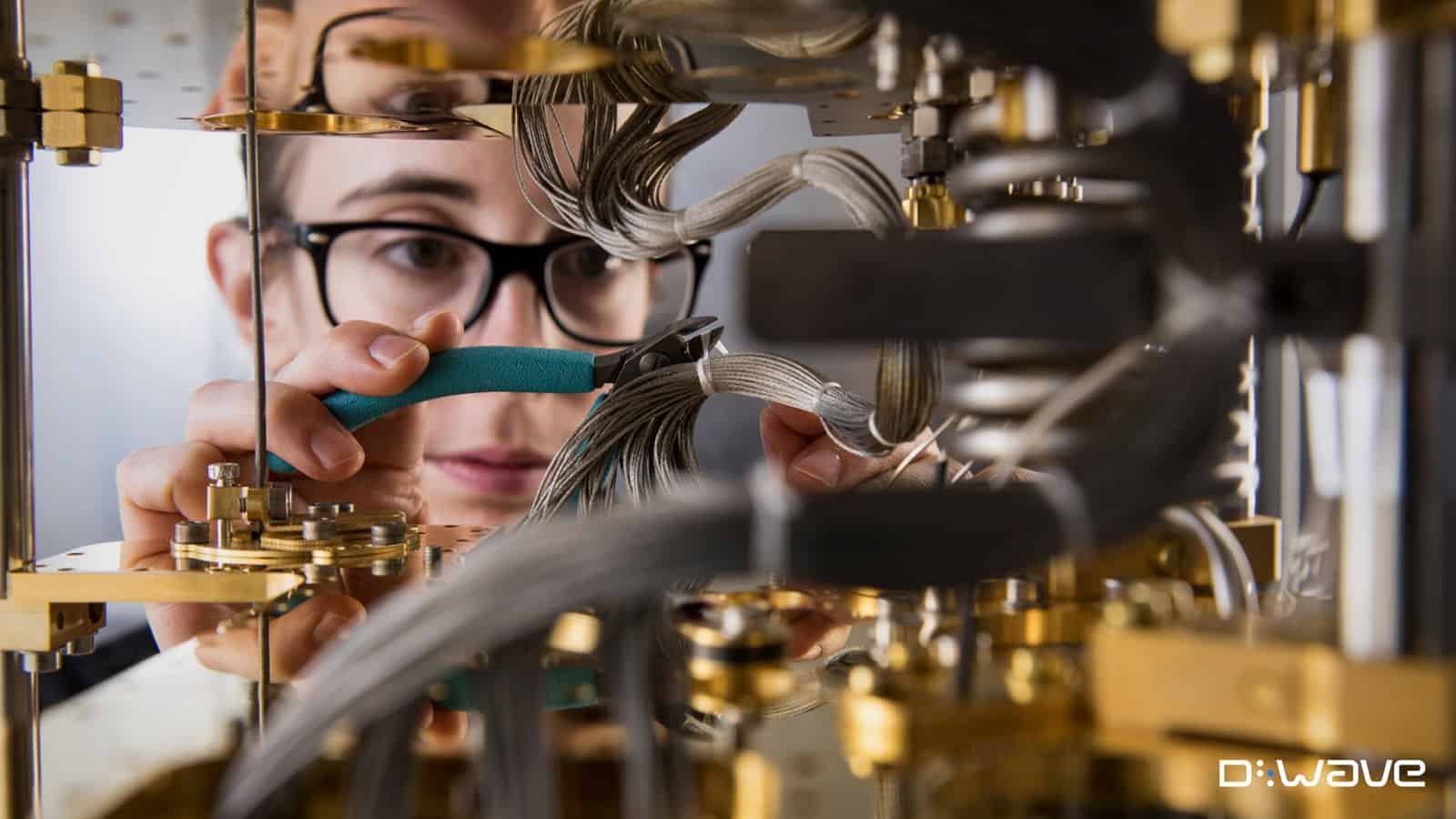How Quantum Computing Reorganized a Pier

It might be hard to believe, but there are “more possible staff solutions than particles in the universe” for the typical factory, according to D-Wave Vice President of Quantum Business Innovation Murray Thom.
Yet thanks to quantum computing—or computers that employ the effects of quantum mechanics to operate more quickly and efficiently—D-Wave can help its customers solve this sort of knotty problem, whether they are trying to organize pallets, piers or people.
We spoke to Thom recently about the advantages of quantum as well as one of the company’s big successes, a collaboration with software company SavantX to increase the efficiency of Pier 300 at the Port of Los Angeles. Here’s what he had to say.
The future of computing is hybrid: When does it make sense to look beyond classical computing methods and add in quantum? As Thom explained, “Classical computers have to break things down into simpler steps—addition and multiplication.”
- However, a lot of logistical problems involve immense complexity. For example, let’s say you have boxes of components that must be shipped all over the country at different times. Thom puts it, “This box is going on this truck or that truck, [and that decision] affects other decision-making. It’s that cascade that makes this difficult for classical computing.”
- By contrast, quantum computers can take a huge volume of possible solutions, compare them all quickly and come up with a usable schedule.
- Marrying classical with quantum computing—called quantum-hybrid technology—provides the best of both options and delivers robust solutions, said Thom.
The Port of LA: In 2018, SavantX was hired to improve the efficiency of Pier 300, which processes millions of containers every year.
- To juggle the many factors involved—trucks, containers and cranes that load the containers—and to model their movements inside a confined space, SavantX would need a lot of computing power. That’s why it brought in D-Wave.
- SavantX modeled the whole system using a digital twin of the pier, Thom explained. The digital twin allowed SavantX to run all types of simulations, some of which would never occur in the real world.
- Quantum-hybrid technology was then used to “ingest the whole problem” and configure it all at once “like a Rubik’s cube”—simulating an impressive 100,000 cargo-handling runs to find the best algorithm.
- And thanks to D-Wave’s proprietary cloud platform, no one at SavantX had to get “a degree in quantum physics,” Thom added. Instead, “the platform let them configure a solution, while D-Wave handled the complexity.”
The solution: SavantX discovered that the key to greater efficiency was repositioning the rubber-tire gantry cranes.
- By reorganizing the trucks’ pickup times to match when the RTGs were available, and by distributing the containers more widely around the yard, SavantX greatly decreased waiting times.
- This solution resulted in “a 60% improvement in the amount of cargo they were handling, and a reduction in truck turnaround time of 12%,” Thom said.
Working with quantum: As quantum computing is still a new resource in the logistics and manufacturing industries, Thom explained to us how he works with new customers.
- First, he often talks to customers for an hour or more at the first meeting, to get a handle on how they understand the problem from the inside.
- The company’s work is “really about adapting the technology to suit the industrial challenge,” not the challenge to suit quantum computing, he explained.
- Next, D-Wave goes through “a discovery process, building out proof of concept and answering the high-level question,” Thom said. After that, its team “can build formulations and software for businesses to operate on their own systems, putting those quantum-backed applications into production.”
What’s next? D-Wave has a number of manufacturing-related projects in the works, spanning factory optimization, improvements in construction efficiency, carbon emission reductions and more. These include:
- A collaboration with ArcelorMittal to improve steel coils, and another with Johnson & Johnson to optimize the packing of pallets.
- A project with DENSO, an auto parts manufacturer, that aims to improve the safety of autonomous vehicles.
The last word: While quantum computing may sound both complicated and intimidating, “What people are delighted to find out is that it’s no more complex to use than any other technology,” Thom said.
